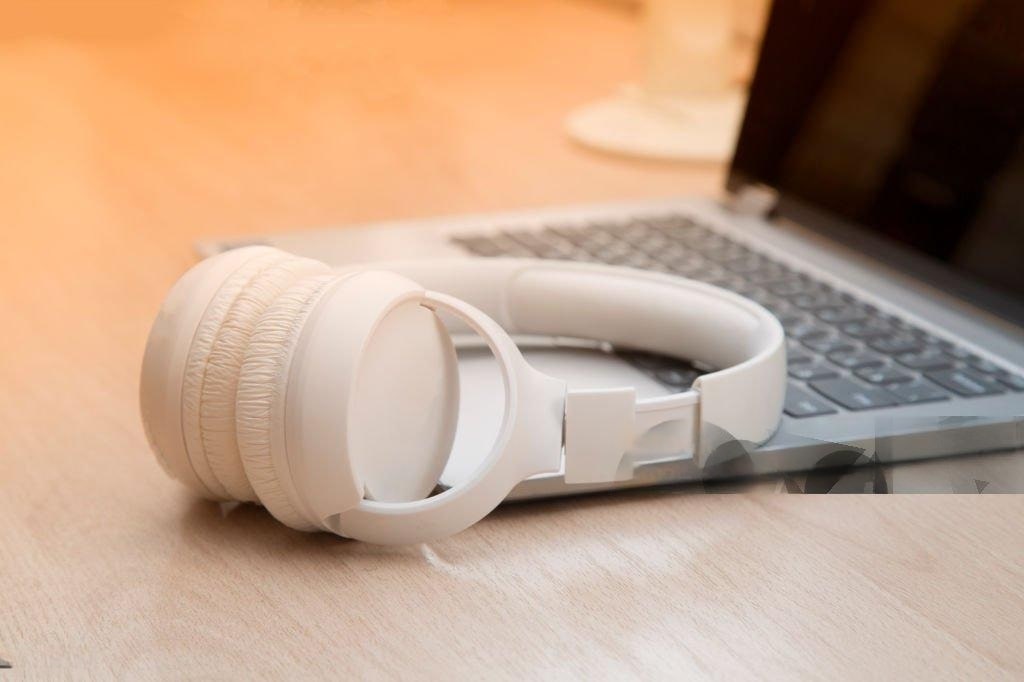A prevalent problem that Windows 11 users encounter is the issue of the headphone jack not working, which acts as a barricade in completing the audio output. This problem can occur due to many reasons such as flawed drivers, wrong configuration of audio settings, or even the headphone jack not working properly. Below is a step-by-step analysis that will assist in identifying and fixing the problem.
Read: How to Fix Windows 11 Blue Screen of Death (BSOD)
1- Check Hardware connections:
Before hopping into the troubleshooting steps, ensure that the problem is not physical: funny as it may sound, this step is commonly ignored by most users which explains some of the frustrations that they experience.
- Test the Headphones: Work your headphones into another suitable device, ensuring they are perfectly functional.
- Inspect the Jack: Find the headphone Jack to be rusty or dusty or even broken. Additionally, try blowing into the jack. Such dirt can obstruct the normal functioning of the jack.
- Fitting Connection: Ensure that the headphone equipment is kept in the vents and sockets firm till the inserted parts are securely in their place.
2- Restart your Computer:
Some things when believed seem to sound untrue but this is not so complicated, a restart is all it might take to eliminate the problems.
- Moving the mouse over the Start menu icon at the very bottom of the screen.
- In the resulting window, select the Power option and press on Restart.
- Upon restart, check out the functionality of the headphones.
3- Check Audio Settings:
Confirm that there exists any other window that players seek to output audio from that video that is not Windows 11.
- The sound icon is at the right bottom of the window and has to be right-clicked: typically, one click on the sound icon on the taskbar which is usually on the lower right side.
- Choose the option labeled open sound settings options.
- In the Output section of the screen, make sure your headphones are added as the output device. If not press the drop-down menu and select your headphones.
4- Run Windows Troubleshooter:
Windows 11 includes an Audio troubleshooter as part of its normal operations. A lot of sound issues have the ability to be diagnosed and repaired automatically with this tool.
- Use the shortcut Windows + I to open the Settings.
- Go to the System > Troubleshoot.
- Click on the ‘Other Troubleshooters’ option.
- You can scroll down to see Playing Audio or you will need to click on the run option and wait for some let it do the job.
- You should continue to the next step, listening to the recommendations and applying any repairs if necessary.
5- Update Audio Drivers:
Using the wrong audio drivers or not updating them can sometimes result in the headphone jack becoming unresponsive. To help you perform an update on your audio drivers:
- Press Windows + X, then press on Device Manager.
- When Device Manager opens find the entry with the title Sound, Video, and Game Controllers.
- Look for your audio device { normally it is called something like ‘Realtek audio’ or ‘high definition audio’ } and right-click on it then select update driver.
- A prompt will come up offering to select this option – Search automatically for drivers. A message will appear confirming that the available updates will then be searched and downloaded if applicable.
- After the showing update, you need to restart your computer and then once again try the headphones.
6- Reinstall Audio Drivers:
If the problem shares its tail with the drivers for the device, that is reinstalling the drivers may fix the problem.
- Now go to Device Manager by Windows + X and choose Device Manager.
- Click Sound, Video, and Game Controllers.
- Right-click your audio device and select Uninstall device.
- Uninstallation done, restart your computer. The audio drivers will reinstall themselves automatically after the restart.
- Try your headphones one more time.
7- Change Default Audio Format:
In occasional cases, the default format of audio output may be a dissuading factor for some headphones.
- At the bottom right-hand corner of the taskbar, right-click the sound icon and choose Sound Settings.
- Scroll down a little bit and select More Sound Settings under the Advanced section.
- In the Playback tab, find your headphones in the list select them, and click Properties.
- Now go to the Advanced tab and try changing the default format there. Each format has a Test button, so try each one and see if it works.
8- Disable Audio Enhancements:
Audio enhancements can affect the way sound is outputted over headphones, so proper output may not be obtained.
- Right-click the sound icon and select Sound Options.
- Look for the Advanced section and select More Sound Settings.
- In the Playback tab, find your headphones, right-click on them, and select Properties.
- In the Enhancements tab, enable the option that reads Disable all enhancements.
- Click Apply and then Ok.
- Test your headphones one more time.
9- Check for Windows Updates
Windows that has not been updated for a long time can be the reason for the issue and updating your windows may resolve the issue.
- Press the Windows + I keys to go to Settings.
- Move to Windows Update and choose the Check for updates option.
- If updates are detected, please install them and reboot your systems.
10- Check Sound Control Panel Settings:
If none of the above solutions worked, it may be worth checking the advanced sound control panel settings.
- Locate the sound icon on the taskbar; right-click it.
- Click on Sounds and select Playback.
- Right-click on your headphones and check it’s set to Default Device.
- Click Properties, proceed to the Levels tab, and make sure that the volume is not muted.
11- Use the OEM Audio App (If Available):
Some particular laptop and desktop devices are equipped with, for example, an audio manager application from their manufacturer, among others, called Realtek HD audio manager. If you have these apps installed, you can open the control panel or settings and manage the audio settings related to the headphones from there.
Conclusion
There are several ways in which users can troubleshoot and fix various issues with the headphone jack on Windows 11. Some of the users may have happened to find the jack dirty which can easily be cleaned out while other methods are slightly advanced by upgrading or reinstalling audio drivers. If all of these methods fail, it means the problem could be in the hardware, and the user has to see a technician, or even change the headphone jack.
Following such a sequence of actions would most likely allow you to solve most of the issues associated with the headphone jack on Windows 11.



